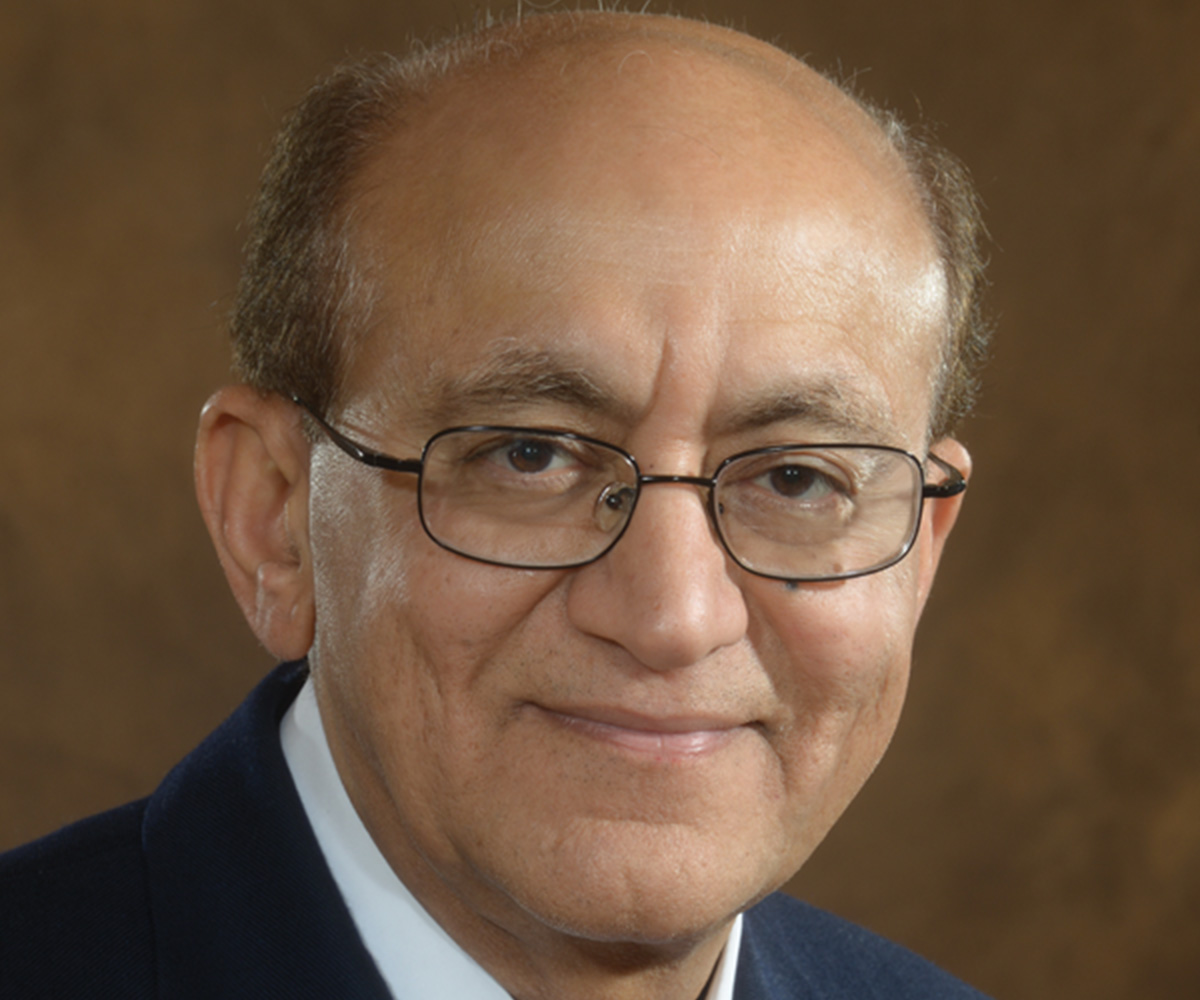
Researchers led by Ludwig Harvard’s Rakesh Jain reported in a study published in PNAS in February why anti-PD1 immune checkpoint blockade (ICB) induces edema in some glioblastoma (GBM) patients and in mouse models of the cancer. Using single-cell RNA sequencing, intravital imaging and CD8+ T cell blocking studies in mice to study the phenomenon, Rakesh and his colleagues determined that the edema is caused by an inflammatory response following anti-programmed death 1 (PD1) therapy that disrupts the blood–tumor barrier. They showed in mouse models that the edema, which is normally managed with high doses of corticosteroids, can be better treated with the antihypertensive drug losartan. The generic angiotensin receptor blocker, they found, reduces expression of membrane-type matrix metalloproteinases that are upregulated in tumor endothelial cells during ICB therapy and that disrupt the blood-brain barrier. It also increased the blood perfusion of tumors, reprogrammed the tumor microenvironment and improved survival in two out of three preclinical models, curing 20% of the mice. That cure rate doubled when the treatment was complemented with standard of care therapy. The researchers also describe an immunologic signature and key biomarkers that predict which mice were likely to respond well to the combination therapy. The results, they argue, support evaluation of the drug combination in patients. It certainly helps that both drugs are already available and widely used in the clinic.
In another paper published a week later in Clinical Cancer Research a team of researchers led by Rakesh explored the mechanisms underlying losartan’s ability to enhance therapy for locally advanced pancreatic cancer. The study analyzed surgical samples obtained from patients enrolled in a phase 2 trial of a therapy combining pre-surgical treatment with losartan and a cocktail of chemotherapies (FOLFIRINOX) plus radiotherapy in which 61% of patients responded so well that their primary tumors could be completely excised. The researchers found that the combination therapy altered expression of genes associated with immunosuppression, cancer invasion, the health of blood vessels and antigen presentation by the immune system’s dendritic cells. In patients who responded best to the combined therapy, the tumor microenvironment had fewer suppressive regulatory T cells and immunosuppressive cancer cells, and larger numbers of CD8+ T cells, suggesting the drug combination counters immunosuppression in the tumor microenvironment. Taken together, these findings suggest losartan enhances the effects of chemoradiotherapy by alleviating the immunosuppression of the tumor microenvironment.
Losartan controls immune checkpoint blocker-induced edema and improves survival in glioblastoma mouse models
PNAS, 2023 February 1
Addition of losartan to FOLFIRINOX and chemoradiation reduces immunosuppression-associated genes, Tregs, and FOXP3+ cancer cells in locally advanced pancreatic cancer
Clinical Cancer Research, 2023 February 7